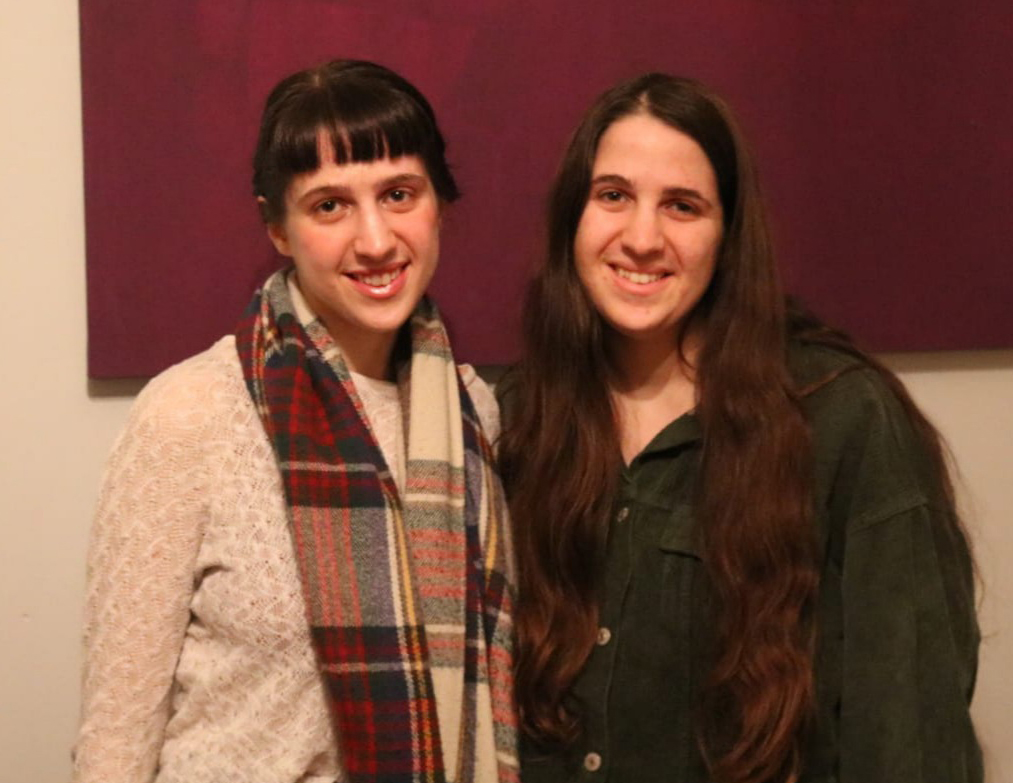Bicentennial STARS: Earth & Planetary Sciences research presentations

Three researchers from the Department of Earth and Planetary Sciences will talk about some of their current work.
Dr. Veronica Prush
How can remote sensing maps of southern Québec be used to forecast Montréal’s future earthquake risk?
Preparing for a future earthquake and creating resilient communities requires knowing the scale of the threat that earthquakes pose to a region. As a tectonic geomorphologist – a geologist who studies the Earth’s surface to determine its history of activity – the goal of my research is to map faults and determine their historical activity for input into hazard models. I’ll discuss how the unknown history of earthquake activity in southeastern Québec may pose a bigger threat to Montréal than has previously been recognized, and how remote sensing technologies might hold the key to understanding this previously hidden hazard.
Dr. Alissa Kotowski
Gone to Gaspé: Records of ancient tectonic collision and recycling of Earth's crust in rocks at the summit of Mont Albert (Gaspé, Québec)
Our Earth's surface is made up of a mosaic of constantly-moving tectonic plates. Where slow-moving plates collide, if one tectonic plate is denser than another, it plunges into the mantle forming a subduction zone, thus recycling Earth's crust, generating earthquakes and volcanic eruptions, and generating a driving force that perpetuates plate tectonic movement. Subduction zones make up ~55,000 km of the Earth's tectonic plate boundaries today, but geologists still debate how subduction zones initiate and evolve into self-sustaining systems. Rare rocks exposed on the surface of the Earth, like those at the summit of Mont Albert (Gaspe, Quebec), record evidence for subduction initiation. In this talk I will show some examples of these spectacular rocks, and how geologists use them as clocks to figure out when subduction initiated in Earth's past, and as thermometers to figure out how Earth's temperature changed within a newly-forming plate boundary. Geologic constraints on when and how subduction zones initiated in Earth's past provide crucial context for active subduction processes, since we can't directly observe rocks that form deep in subduction zones today.
Benjamin Keenan
Understanding ancient Maya responses to climate change
By extracting and analysing molecules from lake sediment cores we can build up a picture of changing population and climate over thousands of years. We are also able to determine an area's fire history, and how vegetation changed over time. We apply these techniques to look at the complex interplay of environmental and societal changes in the southwest Maya lowlands, over 3300 years.
About STARS
STARS (Scientists Talk About Research for Staff) is a series of special lunch-hour talks and visits to science related sites and institutes specifically for Faculty of Science support staff.
Bicentennial STARS for 2021
 To honour McGill's Bicentennial year, STARS is celebrating young McGill scientists with seven monthly lunch-hour presentations that will take you behind the scenes to never before seen labs and experimental research areas where graduate students will share all kinds of insights into their work and research efforts.
To honour McGill's Bicentennial year, STARS is celebrating young McGill scientists with seven monthly lunch-hour presentations that will take you behind the scenes to never before seen labs and experimental research areas where graduate students will share all kinds of insights into their work and research efforts.
The Bicentennial STARS series will be co-hosted by student ambassadors, Yael and Micaela Lewis, twin sisters in their fifth year of a BSc in Biology, both minoring in Natural History. Yael and Micaela have been very involved in the McGill Debating Union, and are excited to bring together their passions for science and communication as student ambassadors.
Register for this STARS event See more Faculty of Science staff events